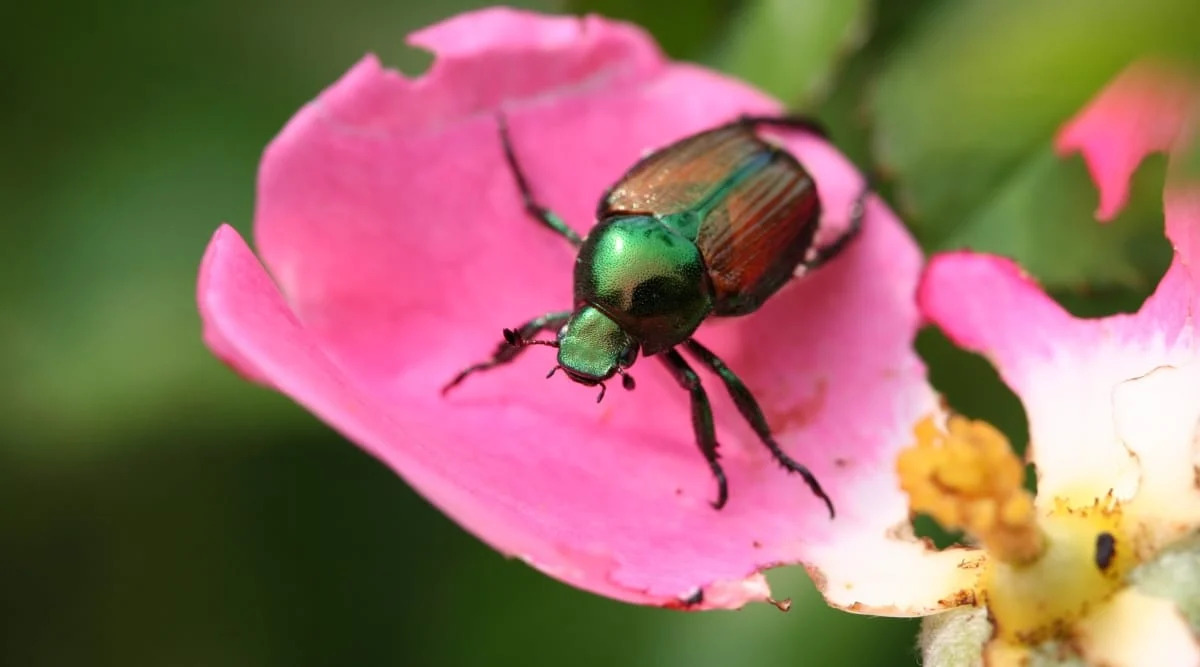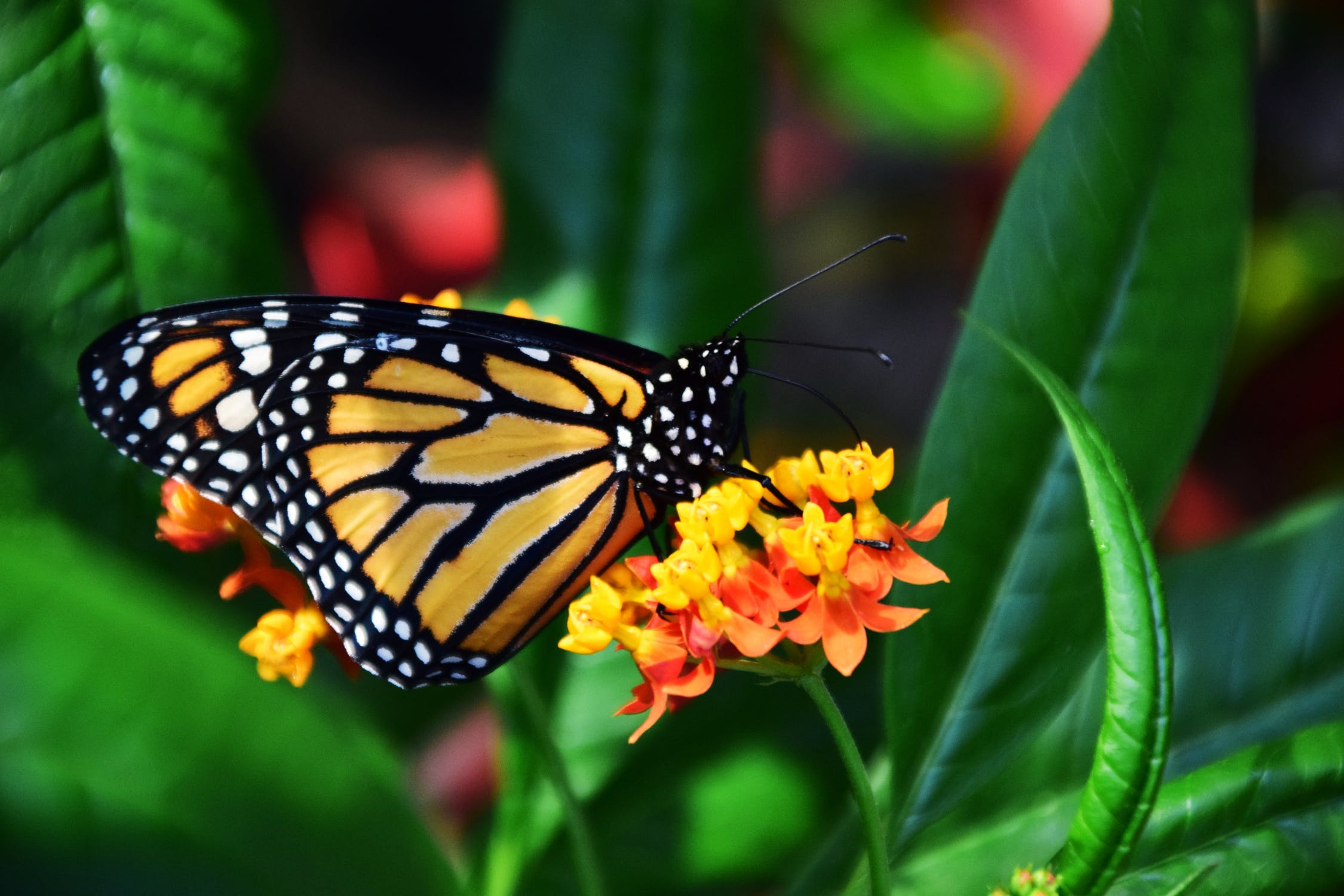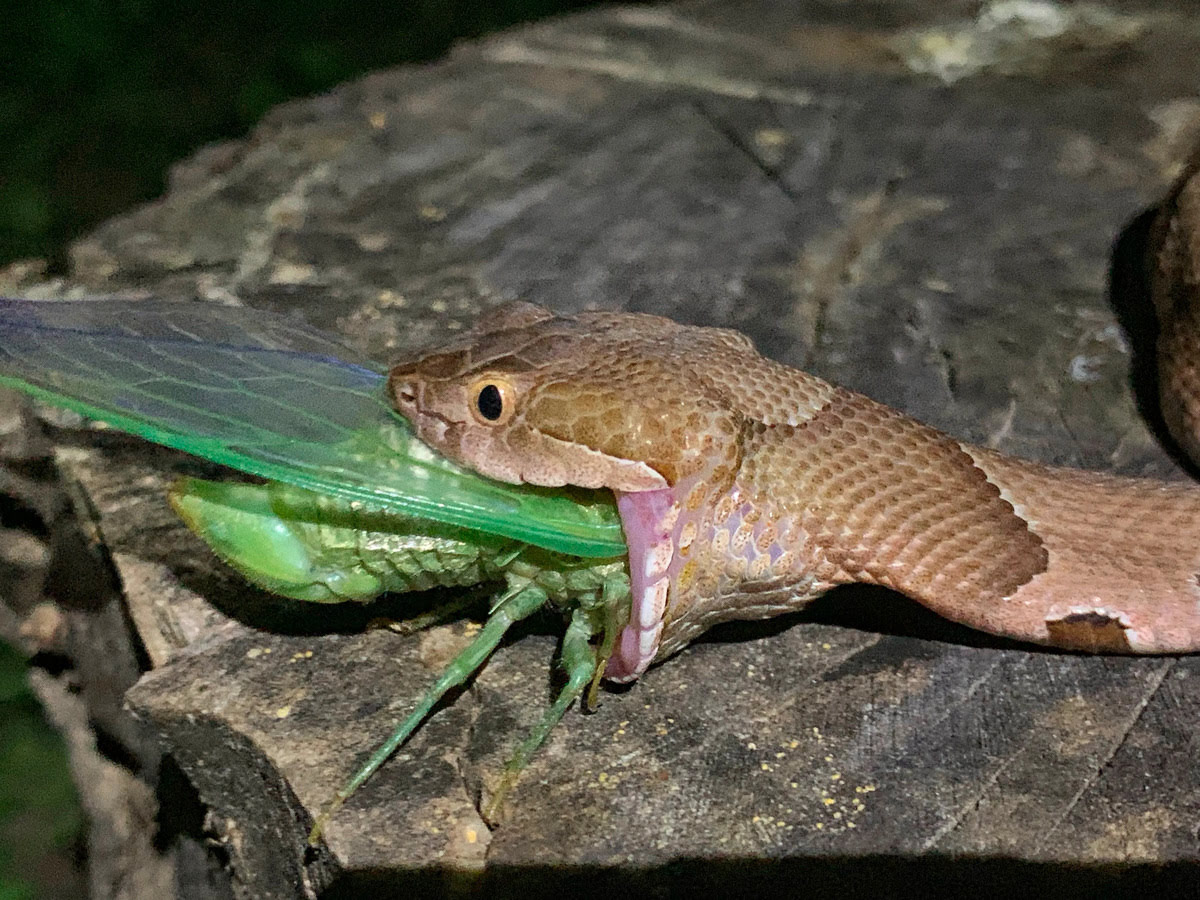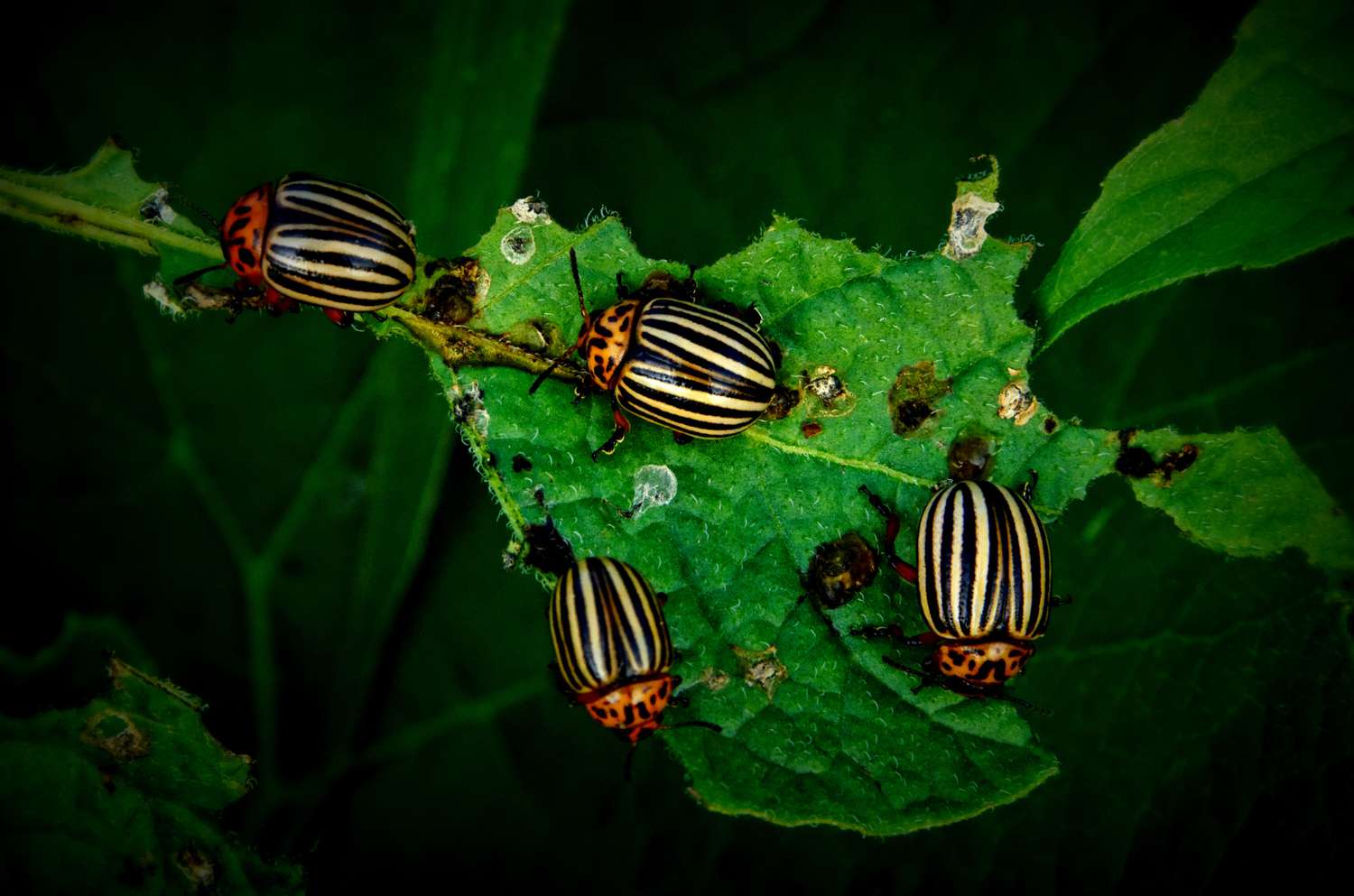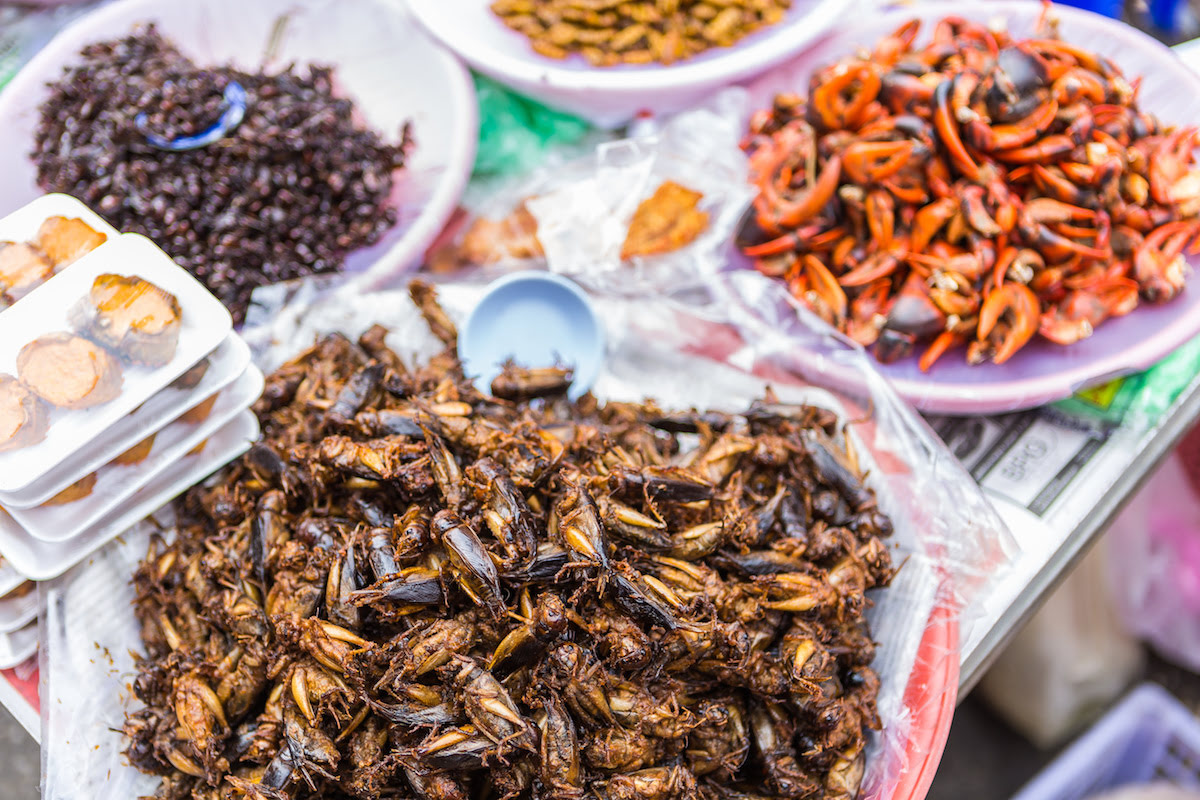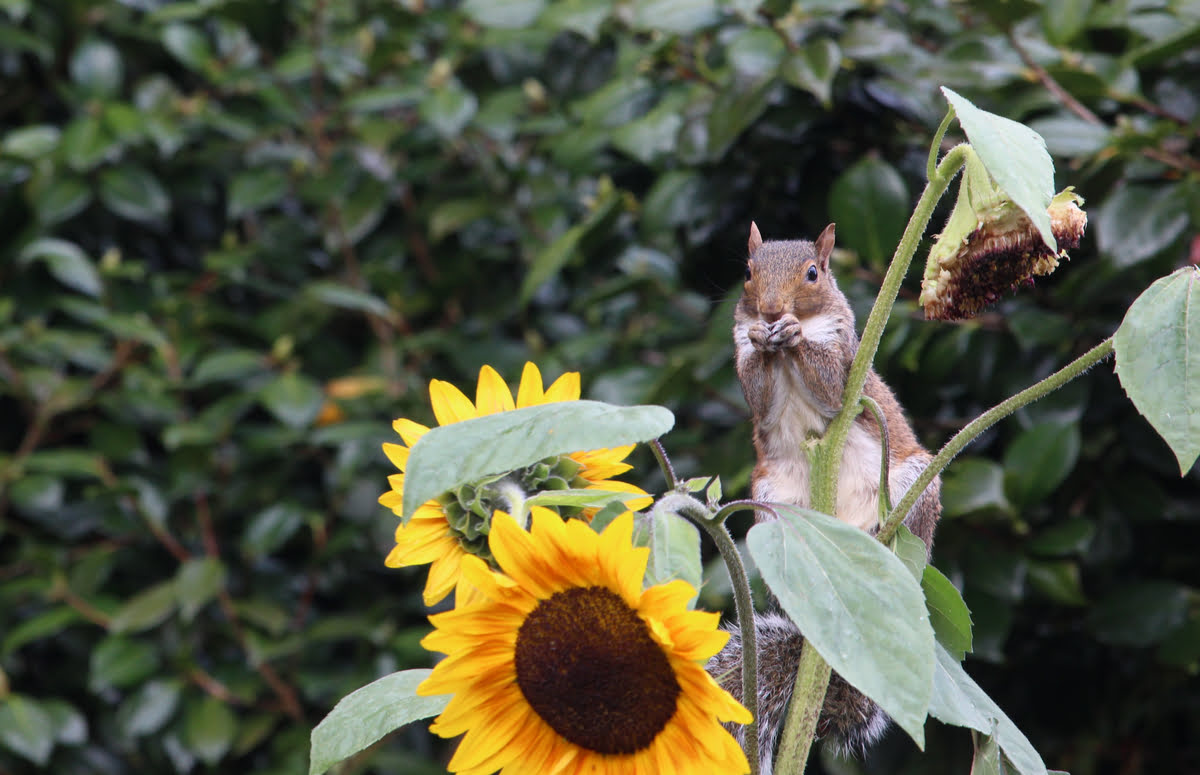Home>Gardening Techniques>Plant Care>What Eats Acacia Trees


Plant Care
What Eats Acacia Trees
Modified: February 8, 2024
Discover the secrets of plant care and learn what eats Acacia trees. Explore natural predators and effective techniques to protect your precious plants.
(Many of the links in this article redirect to a specific reviewed product. Your purchase of these products through affiliate links helps to generate commission for Chicagolandgardening.com, at no extra cost. Learn more)
Table of Contents
Introduction
Acacia trees are a diverse and fascinating group of plants that play a crucial role in ecosystems around the world. With over 1,000 recognized species, these trees can be found in a variety of habitats, from arid deserts to lush rainforests. Acacias are known for their unique adaptations, including thorns, feathery leaves, and symbiotic relationships with ants.
These trees have captivated the interest and admiration of botanists, ecologists, and nature enthusiasts for centuries. Not only are they aesthetically pleasing, with their graceful silhouettes and vibrant flowers, but they also provide numerous ecological benefits.
Acacia trees are often referred to as “keystone species” due to the vital role they play in maintaining the balance of their ecosystems. They provide shelter and food for a plethora of animals, including herbivores, insects, birds, and mammals. At the same time, they also interact with microorganisms in the soil, creating a complex web of relationships that support the health and functioning of the ecosystem.
In this article, we will explore the fascinating world of acacia trees and delve into the intricate food web surrounding them. From herbivores that consume acacia leaves to carnivores that prey on these herbivores, as well as insects, invertebrates, and microorganisms that affect acacia tree health, we will uncover the interconnectedness of the natural world.
So, join us as we dive into the intricate and captivating world of what eats acacia trees, and discover the fascinating relationships that fuel nature’s delicate balance.
Importance of Acacia Trees
Acacia trees play a vital role in the ecosystems they inhabit, making them an indispensable component of our natural world. Here are some key reasons why acacia trees are important:
- Biodiversity: Acacia trees support a diverse array of flora and fauna. They provide crucial habitats and resources for numerous animal species, including birds, insects, and mammals. These trees serve as nesting sites for birds, while their flowers attract pollinators such as bees and butterflies. The presence of acacia trees contributes to the overall biodiversity and richness of an ecosystem.
- Soil Conservation: The extensive root systems of acacia trees help prevent soil erosion. Their strong and deep roots stabilize the soil, particularly in arid and semi-arid areas where erosion can be a significant problem. By holding the soil in place, acacia trees help maintain its fertility and prevent degradation.
- Nutrient Cycling: Acacia trees are known for their ability to fix atmospheric nitrogen, converting it into a form that other plants can readily use. This nitrogen fixation enriches the soil, enhancing its fertility and supporting the growth of other plants in the vicinity. Acacia trees contribute to the nutrient cycling process, ensuring the availability and recycling of vital elements in the ecosystem.
- Medicinal Uses: Many species of acacia trees have traditional medicinal uses. Their bark, leaves, and pods have been used for centuries in various traditional medicine practices to treat ailments such as skin disorders, gastrointestinal issues, and respiratory problems. The natural compounds found in acacia trees have been studied for their potential therapeutic properties and continue to be of interest to modern medicine.
- Economic Value: Acacia trees have economic significance in many regions. The wood of some acacia species is highly valued for its strength, durability, and attractive grain patterns, making it sought after for furniture, flooring, and crafts. Additionally, acacia gum, a natural exudate from certain species, is used as a food additive, thickener, and stabilizer in the food industry.
These are just a few examples of the importance of acacia trees in various aspects of our lives. From supporting biodiversity to providing valuable resources, these trees contribute to both the ecological and socio-economic well-being of our planet. Understanding and preserving the vital role of acacia trees is crucial for the health and sustainability of our ecosystems.
Herbivores That Eat Acacia Trees
Acacia trees provide a rich source of food for a variety of herbivorous animals. The leaves, bark, flowers, and pods of acacia trees are all part of their diet. These herbivores have evolved unique adaptations to consume and digest the often tough and spiny vegetation of acacia trees. Here are some examples of herbivores that eat acacia trees:
- Giraffes: One of the most well-known herbivores that feed on acacia trees is the giraffe. With their long necks, they are able to reach the leaves and twigs that are beyond the reach of other animals. Despite the thorns and prickly nature of the acacia foliage, giraffes have tough tongues and lips that allow them to strip leaves from branches without being injured.
- Elephants: These gentle giants are also known to consume acacia trees. Although they primarily feed on grasses and other plant species, elephants will not pass up the opportunity to browse on the leaves, bark, and pods of acacia trees. Their massive size enables them to reach higher branches that other herbivores cannot access.
- Koalas: Found primarily in Australia, koalas have a specialized diet consisting almost entirely of eucalyptus leaves. However, when eucalyptus leaves are scarce, they will also feed on the foliage of acacia trees. Koalas have a slow metabolic rate and have adapted to digesting the toxins found in both eucalyptus and acacia leaves.
- Antelopes: Many species of antelopes, such as impalas and gazelles, include acacia leaves in their diet. They have evolved long teeth and specialized digestive systems to break down and process the tough plant material. Acacia trees provide an important source of nutrition for these grazers, particularly during dry seasons when other food sources may be scarce.
- Worms and Insects: While not herbivores in the traditional sense, certain worms and insects play a vital role in breaking down the decaying leaves and organic matter of acacia trees. They aid in nutrient cycling and decomposition, contributing to the overall health of the ecosystem.
These are just a few examples of the diverse array of herbivores that rely on acacia trees for sustenance. By creating an abundant food source, acacia trees support the survival and well-being of these animals, playing a crucial role in the intricate web of life in their respective habitats.
Carnivores That Prey on Acacia-Eating Herbivores
In the intricate food web surrounding acacia trees, there are carnivores that rely on the herbivores that feed on these trees as their source of food. These carnivores play a crucial role in maintaining the balance of the ecosystem by regulating herbivore populations. Here are some examples of carnivores that prey on acacia-eating herbivores:
- Lions: Lions are apex predators known for their hunting prowess. In Africa, where acacia trees are abundant, lions prey on herbivores that include impalas, zebras, and buffalo, many of which consume acacia leaves. Acacia-dwelling herbivores become targets for lions as they gather near the trees for food and shade.
- Cheetahs: Cheetahs are the fastest land animals and specialize in hunting small to medium-sized herbivores. While not directly linked to acacia trees, their choice of prey, such as gazelles and springboks, may include individuals that feed on acacia foliage. Cheetahs rely on their incredible speed and agility to chase down and capture their prey.
- Leopards: Leopards are stealthy predators that inhabit diverse habitats, including areas with acacia trees. These solitary and highly adaptable hunters prey on a wide range of animals, including impalas, baboons, and bushbucks, which may feed on acacia leaves. Leopards use their exceptional stalking skills to ambush their prey from the trees or dense vegetation.
- Hyenas: Hyenas are known for their scavenging abilities, but they are also skilled hunters. They are opportunistic predators that target weak or injured herbivores, many of which consume acacia leaves. Hyenas have strong jaws and digestive systems that allow them to consume bones and tough plant material, making them successful competitors in the acacia ecosystem.
- African Wild Dogs: African wild dogs, also known as painted dogs, work together in packs to bring down their prey. Although they primarily target medium-sized herbivores, such as impalas and gazelles, which may feed on acacia leaves, these dogs can have an indirect impact on the herbivore population dynamics in acacia-rich habitats.
These carnivores play a crucial role in controlling the population of acacia-eating herbivores, ensuring the balance of the ecosystem. By maintaining herbivore populations at optimal levels, these carnivores help promote healthy plant growth, which in turn supports the entire food web surrounding acacia trees.
Insects and Invertebrates That Consume Acacia Trees
The world of acacia trees is teeming with a diverse array of insects and invertebrates that have developed unique adaptations to feed on various parts of these trees. They play an essential role in the ecosystem as decomposers, pollinators, and even as predators of other insect species. Here are some examples of insects and invertebrates that consume acacia trees:
- Acacia Ants: Acacia ants have a remarkable mutualistic relationship with acacia trees. They live in the thorns of the acacia and protect the tree from herbivores by aggressively defending it. In return, the tree provides shelter and food in the form of nectar and specialized structures called Beltian bodies. This symbiotic relationship benefits both parties and is a fascinating example of coevolution.
- Acacia Longhorns: Acacia longhorns, also known as beetles, are specialized herbivores that feed on the bark and wood of acacia trees. Their long, thin antennae, hence the name “longhorns,” are used to detect and locate suitable feeding sites. While these beetles can cause damage to the trees, they also play a role in breaking down dead wood and contributing to nutrient cycling.
- Honey Bees: Acacia trees produce nectar-rich flowers that attract pollinators, including honey bees. The bees visit the flowers to collect nectar, which they use to produce honey. As they move from tree to tree, bees inadvertently transfer pollen, enabling cross-pollination and the reproduction of acacia trees.
- Acacia Bagworms: Acacia bagworms are a type of moth caterpillar that constructs protective bags made of silk and plant material. They feed on acacia leaves, creating characteristic chewed patches on the foliage. While their feeding behavior may be detrimental to the acacia tree’s health, it also provides a food source for other organisms, such as birds and spiders.
- Acacia Sawflies: Sawflies are a type of small, non-stinging wasp that feeds on the leaves of acacia trees. The adult females lay their eggs on the young leaves, and when the eggs hatch, the larvae feed on the foliage. This feeding activity can have a significant impact on the growth and health of the tree, particularly in cases of infestation.
These are just a few examples of the fascinating insects and invertebrates that feed on acacia trees. Whether they serve as pollinators, decomposers, or herbivores, these organisms contribute to the intricate web of life surrounding acacia trees. They play a vital role in nutrient cycling, population dynamics, and the overall health and functioning of the ecosystem.
Microorganisms That Indirectly Affect Acacia Trees
While it may be easy to overlook their presence, microorganisms play a significant role in the health and well-being of acacia trees. These tiny organisms, such as bacteria, fungi, and viruses, have indirect effects on the growth, development, and survival of acacia trees. Here are some examples of microorganisms that influence acacia trees:
- Mycorrhizal Fungi: Mycorrhizal fungi form a symbiotic relationship with the roots of acacia trees. The fungi form a network of hyphae that extend the reach of the roots, enhancing the tree’s nutrient uptake capabilities. In turn, acacia trees provide the fungi with sugars produced through photosynthesis. This mutualistic relationship improves the overall health and growth of the trees.
- Nitrogen-Fixing Bacteria: Acacia trees have specialized nodules on their roots that house nitrogen-fixing bacteria. These bacteria convert atmospheric nitrogen into a usable form for the tree, providing an essential nutrient that is often limited in certain environments. The presence of nitrogen-fixing bacteria in the root nodules enables acacia trees to thrive in nutrient-poor soils.
- Decomposer Organisms: Various bacteria and fungi act as decomposers, breaking down dead plant material, including fallen leaves, branches, and pods, from acacia trees. Through decomposition, these microorganisms return essential nutrients to the soil, facilitating nutrient cycling and enriching the surrounding ecosystem. This process supports the growth of not only acacia trees but also other plants in the area.
- Pathogens: Just as there are beneficial microorganisms, there are also pathogens that can harm acacia trees. Fungal pathogens, for example, can cause diseases such as root rot or powdery mildew, weakening the trees and making them more susceptible to other stressors. Viral pathogens can also affect acacia trees, causing symptoms such as leaf yellowing or stunted growth. These pathogens can disrupt the natural functioning and overall health of acacia trees.
- Endophytic Microbes: Endophytic microbes are a type of bacteria or fungi that live within the tissues of acacia trees without causing harm. These microbes can enhance the tree’s resistance to environmental stressors, such as drought or insect attacks. They can produce compounds that inhibit the growth of pathogens or promote the tree’s growth and health through the production of growth-promoting substances. Endophytes contribute to the overall resilience and adaptability of acacia trees.
These microorganisms, although often unseen, have profound effects on the health and functioning of acacia trees. Whether by facilitating nutrient uptake, decomposition, or disease resistance, they contribute to the overall vitality and stability of the acacia ecosystem.
Conclusion
Acacia trees are not only beautiful and fascinating plants but they also play a crucial role in the ecosystems they inhabit. They provide shelter, food, and resources for a diverse array of organisms, from herbivores and carnivores to insects and microorganisms. Understanding the intricate web of relationships surrounding acacia trees helps us appreciate the complexity and interconnectedness of the natural world.
Herbivores, such as giraffes, elephants, and antelopes, rely on acacia trees as a source of nourishment. These herbivores, in turn, become prey for carnivores like lions, cheetahs, and hyenas, creating a delicate balance in the ecosystem. Insects and invertebrates, including ants, beetles, and bees, have evolved unique adaptations to interact with and feed on different parts of acacia trees.
Microorganisms have indirect effects on acacia trees, with mycorrhizal fungi aiding in nutrient uptake, nitrogen-fixing bacteria enriching the soil, and decomposers contributing to nutrient cycling. While some microorganisms act as beneficial partners, others may cause diseases or provide additional benefits such as stress tolerance through endophytic associations.
The intricate relationships and dependencies surrounding acacia trees highlight the importance of conserving these trees and their habitats. By protecting acacia trees, we can safeguard the biodiversity they support, maintain ecological balance, and ensure the continued provision of vital resources.
So, take a moment to appreciate the extraordinary world of what eats acacia trees. From the grace of giraffes browsing on the treetops to the stealth of leopards stalking their prey, the diverse array of organisms that depend on acacia trees exemplify the wonders of nature’s interconnectedness.
